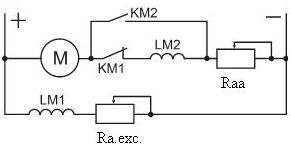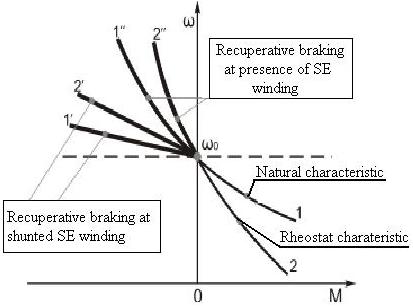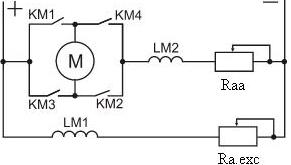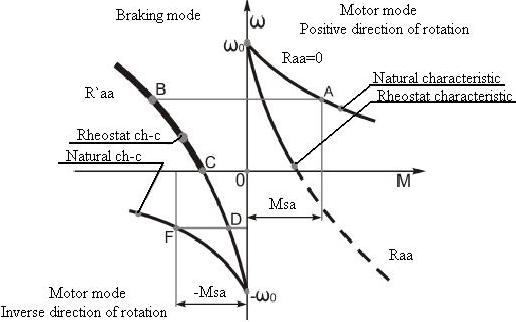
КАТЕГОРИИ:
Архитектура-(3434)Астрономия-(809)Биология-(7483)Биотехнологии-(1457)Военное дело-(14632)Высокие технологии-(1363)География-(913)Геология-(1438)Государство-(451)Демография-(1065)Дом-(47672)Журналистика и СМИ-(912)Изобретательство-(14524)Иностранные языки-(4268)Информатика-(17799)Искусство-(1338)История-(13644)Компьютеры-(11121)Косметика-(55)Кулинария-(373)Культура-(8427)Лингвистика-(374)Литература-(1642)Маркетинг-(23702)Математика-(16968)Машиностроение-(1700)Медицина-(12668)Менеджмент-(24684)Механика-(15423)Науковедение-(506)Образование-(11852)Охрана труда-(3308)Педагогика-(5571)Полиграфия-(1312)Политика-(7869)Право-(5454)Приборостроение-(1369)Программирование-(2801)Производство-(97182)Промышленность-(8706)Психология-(18388)Религия-(3217)Связь-(10668)Сельское хозяйство-(299)Социология-(6455)Спорт-(42831)Строительство-(4793)Торговля-(5050)Транспорт-(2929)Туризм-(1568)Физика-(3942)Философия-(17015)Финансы-(26596)Химия-(22929)Экология-(12095)Экономика-(9961)Электроника-(8441)Электротехника-(4623)Энергетика-(12629)Юриспруденция-(1492)Ядерная техника-(1748)
Recuperative brake
|
|
|
|
Static characteristics of DC mixed excitation electric motor in braking modes
Opposite to DCM SE, considered motor has all three methods of electric braking:
- recuperative;
- counter switching;
- dynamic.
Ability of recuperative brake is stipulated by presence of magnetic flux of independent excitation winding. Independent current allows motor at speed reaching, which exceeds the speed of ideal open circuit ω0, to pass into recuperative braking mode (generator mode with giving up the energy into the main). However, at giving up the energy into the main current direction in the armature and in series excitation winding will changed into opposite one, and therefore mmf of series excitation winding at this will realize demagnetizing action, which will result to slow increasing of braking moment with current increasing.
There are two ways of this process avoiding.
The 1st way – is to change the current direction in series excitation winding. This way is complex and almost is not used.
The 2nd way. This way is widely used.


a) b)
In this way DCM ME is transformed into DCM IE, from which series excitation winding LM2 is closed by shunting contactor KM (a) or is deenergized (b). In this scheme two contactors (KM1 opens, KM2 closes) are additionally used instead one contactor, as it is provided by the scheme a.
Thus, at recuperative braking machine operates as generator of independent winding. Therefore mechanical characteristics are rectilinear (characteristics 1′ and 2′), as in IE motor.

Characteristics 1 and 2 are for the case, when SE winding would not be shunted and reversed.
Counter switching braking
Counter switching braking is not essentially differed from considered DC motors. For example at active static moment of resistance and at high values of additional resistance in armature circuit Raa at influence of potential moment (if static moment will be more than moment, generated by the motor), the motor passé into counter switching braking with active static moment.

Characteristics are placed in the 4th quadrant, as before, and with the rising of armature circuit resistance the characteristic stiffness decreases Raa1<Raa2<Raa3<Raa4, so characteristics are nonlinear. Nonlinearity is explained, as before, by mmf influence of SE winding, which changes due to changing of load current value.
For realization of counter switching braking at reactive static moment (accumulated kinetic energy) armature current is reversed and additional resistance by resistor Raa is connected (see the scheme).

If Raa=R′aa, then |MsA|=|-MsA|. Physical processes, flowing at this condition, are the same, as in previous motors.
Mechanical characteristic of counter switching braking, placed in the 2nd quadrant is also nonlinear (as in the previous case).

|
|
|
|
|
Дата добавления: 2014-01-05; Просмотров: 360; Нарушение авторских прав?; Мы поможем в написании вашей работы!